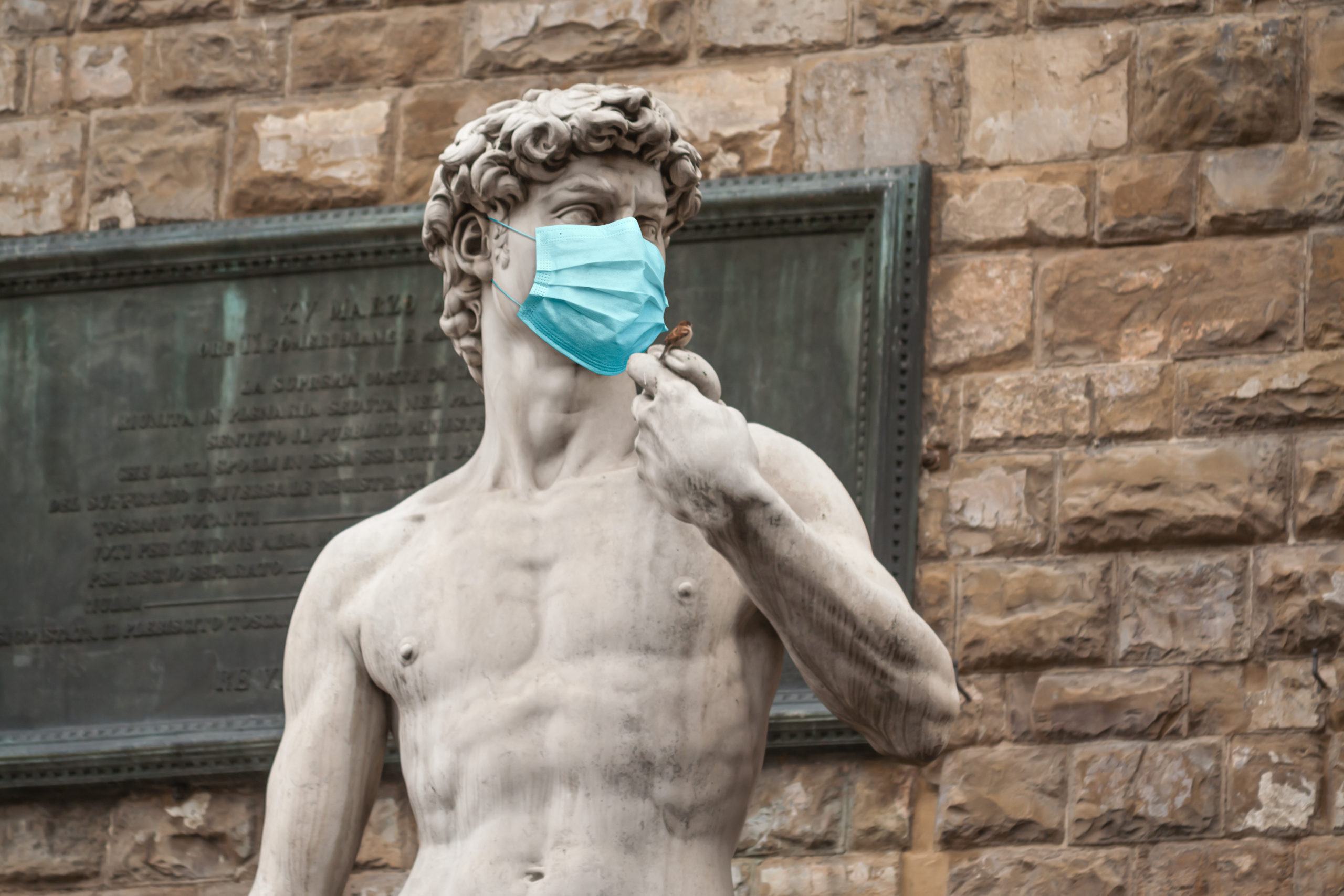We all know the arts are good for your health and well-being. After all, an artwork a day keeps the doctor away. But how good are the arts exactly, and what evidence is there to back up art’s health claims?

To help us to make our arguments more convincing, the WHO has studied over 900 papers, including 200 reviews, covering over 3000 further studies. Together, these map the global academic literature on the role of the arts in improving health and well-being. They claim this is the most comprehensive study to date, and we’re not going to argue with that. The 6-page, large-font, quite-some-images summary report is a must-read for any cultural professional.
The report finds evidence of the contribution of the arts to the promotion of good health. The arts can help prevent a range of mental and physical health conditions. They do so, for instance, by developing social cohesion and reducing social inequalities. The arts contribute to the treatment or management of acute and chronic conditions. This goes from mental illness and neurological disorders all the way to the support of end-of-life care.
But the arts go further. The report also finds that the arts may help in addressing complex challenges for which there are no current healthcare solutions.
There is work to do before we can reap the benefits of the arts, though. As societies, we need to:
- Ensure that culturally-diverse forms of art are available and accessible to a range of different groups across the life-course, especially those from disadvantaged minorities.
- Encourage arts and cultural organisations to make health and well-being an integral and strategic part of their work.
- Actively promote public awareness of the potential benefits of arts engagement for health.
- Develop interventions that encourage arts engagement to support healthy lifestyles
The arts can be a cost-effective solution to health and well-being, as they often draw on existing assets and resources—the use of recorded music for patients before surgery, for instance. The arts may be an overlooked asset in our societies. As the WHO states, the arts could play a considerable role in helping countries reach essential objectives such as the 2030 Agenda for Sustainable Development.
This article was written based on a suggestion received from a reader. If you have an idea, link or reference for an item, please submit it here.

Recent Comments